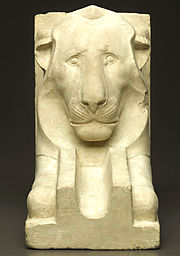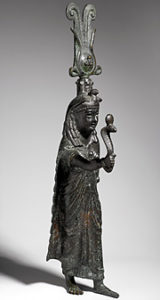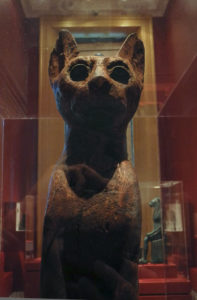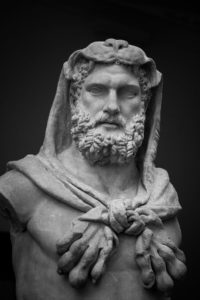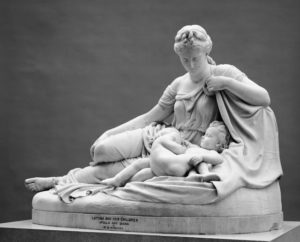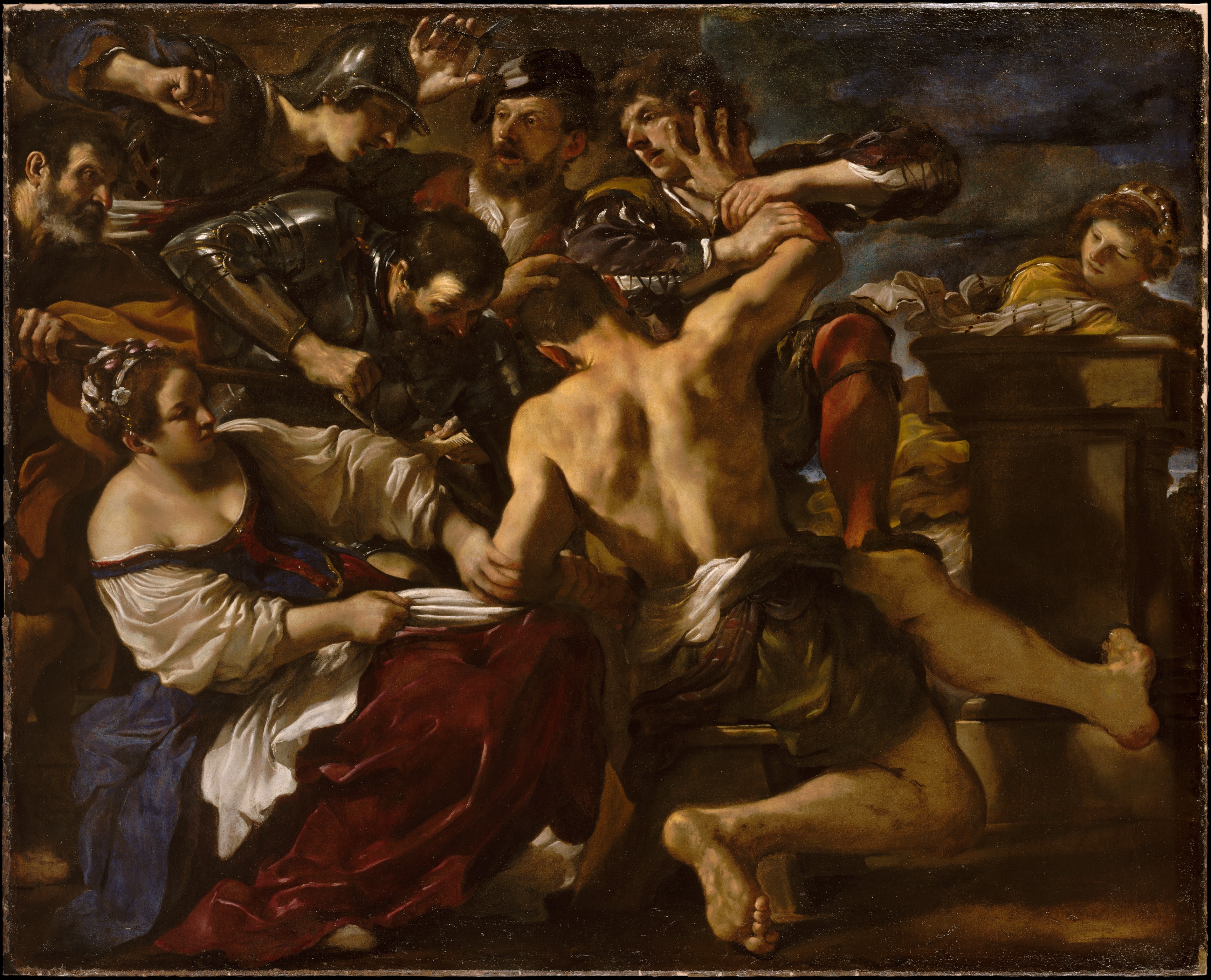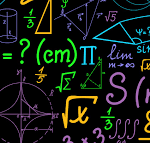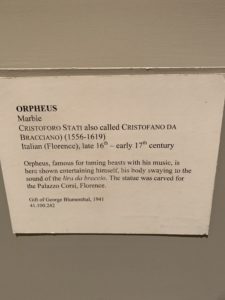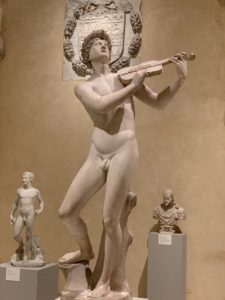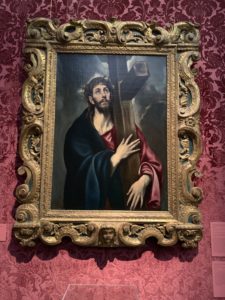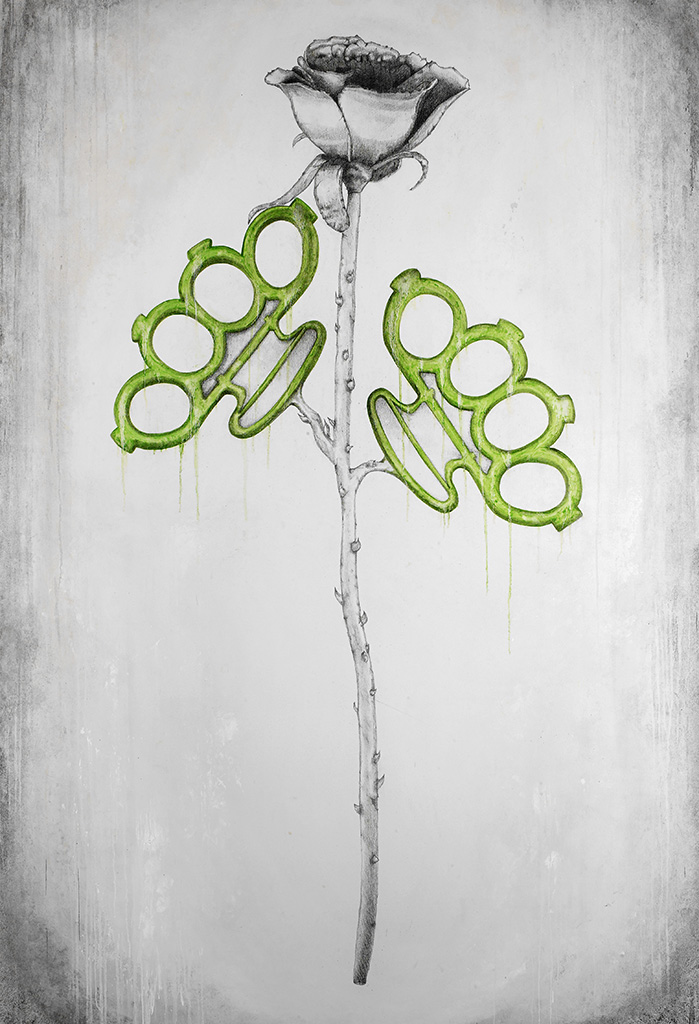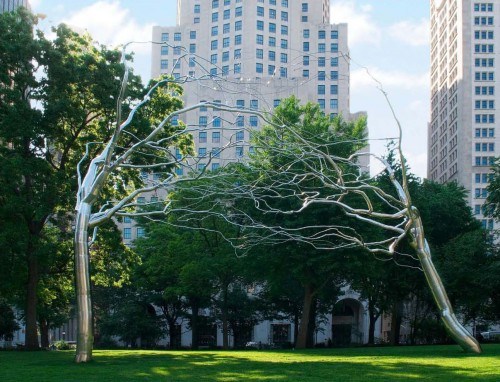The Metropolitan Museum is one of the largest museums in the world with an encyclopedic amount of art inside. When going through the museum’s Renaissance and Baroque paintings, some were very intriguing and made me very interested. So, here’s some of the art that I looked at.
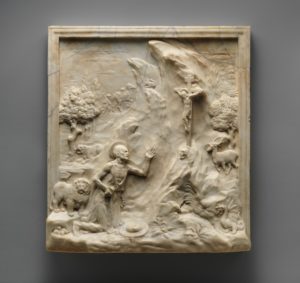
The Renaissance sculpture of Saint Jerome in the Wilderness done by Antonio Rossellino in 1470s, which can be seen in The Met Fifth Avenue in Gallery 500. It was breath taking that I couldn’t resist looking at it. First off, the way that everything pops out as well as the border on the sculpture makes it seem like a 3D image. Even though it is done in one color (Tan), you can tell what everything is. Also, the marble that is used to make it gives it a glossy texture when seen in real life.

The Baroque artwork of Wentworth House Made in American during the late 1690s, can be seen in The Met Fifth Avenue in Gallery 711. The artwork is made with Oak and Pine Wood which made the artwork seem more rustic. The colors are very tame either than that green chair which pop out. The tone of the picture seems dark and the size isn’t too big.
The big difference I see in these two artworks and throughout all of Renaissance and Baroque art is what is being painted. Where the Renaissance seems to be going back to the old ages where people paint gods and allusions to holiness, Baroque art is more towards the Greek humanism standpoint where it is more involving man and his things.


